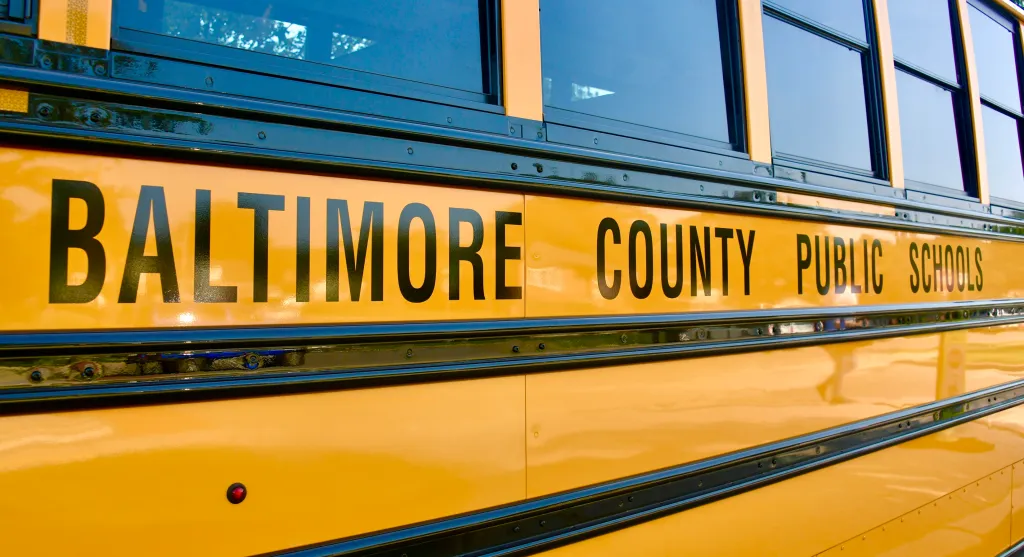
Throughout Baltimore and Baltimore County, students as young as first graders threaten and assault teachers or other students regularly. Teachers will tell you the same students cause most of the classroom disruptions. When this happens, the teachers de-escalate and continue trying to educate our children (“Sandy Plains Elementary student in Baltimore County removed from class after threats,” Oct. 2).
I am not a psychiatrist, but I am a parent. If a 7- or 8-year-old is threatening teachers or anyone, there is obviously an issue with that child. Whether it be the parenting the child is receiving, the environment the child lives in or mental health issues the child is struggling with, that child should immediately be removed from the class and not be allowed to return until the issue is corrected.
The home should then be investigated by Child Protective Services, the child seen by a doctor or therapist, or removed from a dangerous environment if appropriate. Why? Because there is obviously a fundamental problem when a child is learning to use violence when he or she is frustrated or angry or to solve a problem.
While all this time and money is focused on one or two or three troubled students in a class, what happens to the other 20 or more who are respectful and well-behaved? They are deprived of a decent education, a safe and orderly learning experience and 100% of the teacher’s attention. That’s not to mention the burden placed on the teachers themselves as they try to teach a class while managing several students with behavior issues.
I understand the concept of inclusive education, but I understand the concept of common sense more. Remove the troubled kids, give them the services and support them but allow the majority of students to secure an education in a safe, stable and peaceful environment. This will ensure a successful education for the kids and a hopeful future for our state and county.
I know parents with special needs children do not want to hear this, but as a country, we need to think of the overall good of the 20 children just as much as we need to think about the needs of that one child.
— Andrew G. Kelly, Sparks Glencoe